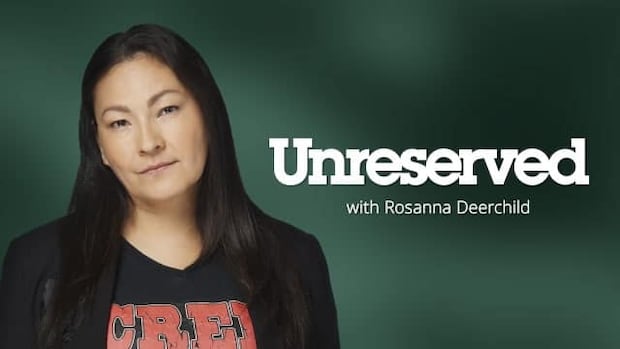
In 2015, Bob Joseph wrote a blog post about the surprising things people may not know about the Indian Act. It went viral, which inspired him to expand it into the book, 21 Things You May Not Know About the Indian Act.
Stephanie Cram · Posted: Jun 19, 2020 1:41 PM EDT | Last Updated: October 8, 2021
Originally published on June 19, 2020.
In 2015, Bob Joseph, a member of the Gwawaenuk Nation, wrote a blog post about the surprising things people may not know about the Indian Act.
Joseph says the blog post "hit a nerve" with Canadians and went viral, which later inspired him to expand it into the book, 21 Things You May Not Know About the Indian Act.
At its core, the book dismantles stereotypes of what it means to be a Status Indian under the Indian Act.

"A lot of people think that people living on reserves under the Indian Act live in some kind of Shangri-La, that they're getting free housing, free education, and they don't pay taxes," Joseph said.
"The Indian Act is a post-confederation assimilation tool, so we're going to protect their property from the erosion of taxes on the face it sounds really helpful, but … in a more current context, it really just holds the Nations back."
Joseph said that living on a reserve comes with its challenges.
He gives the example of buying a car, saying that some dealerships won't sell a car to someone living on a reserve. If payments on a car located on a reserve aren't made, the company can't seize the car since "reserves are not subject to seizure."
He also gives a more personal example of when he went to the bank to get a loan for a new car.
"I was just starting out my career working for a big firm here in British Columbia … I was married, I had a job, a post-secondary education, if I was a lender, I was the perfect candidate," said Joseph.
"But they refused to loan me the money and wanted my wife — who's not Indigenous — to cosign."
Joseph added one thing that is outlined in the Indian Act, that continues to impact the lives of many First Nation people, is the reserve system.
"The reserve system was really created as part of this old philosophy [that] by the time we confederate, Canada believed that the Indians — as they're called in the Indian Act — were a dying race of people, that they're not going to be here for much longer," he explained.
"A reserve is really a holding pen, it's a place where we're going to put [First Nation people] until they assimilate."
Joseph noted that reserve land is not owned by the nation, instead it is owned by the federal government.
"Initially [the government] put them on to reserves and, often for the most part, left them where they were situated," he said.
"[Nations] were supposed to use those lands and put them to their highest and best use … but [the government] doesn't want to compete with them in the markets," Joseph explained.
"So [the government took] away their ability to sell off of reserve, they can't sell without written permission from the Indian agent or the Department of Indian Affairs."
In his book, Joseph outlines how if communities wanted to purchase farming equipment to start cultivating their lands, they had to get permission from the Indian Agent, a request that was often rejected.
And as cities in Canada continued to grow, a 1911 amendment to the Indian Act allowed the government to remove communities from reserves within an incorporated city.
"Think about a place like Vancouver, today there's just lots and lots of people and urban sprawl, but in those days there wasn't much there," said Joseph.
"But then [the government] went back and took it away because [the Nations] weren't being enterprising peoples."
In addition to putting First Nations on reserves, the federal government also overruled traditional forms of governance, introducing the Chief and Council system which still exists today.
"[The federal government was] trying to get them to give up who they are and become like everybody else, [the government] saw these forms of Indigenous governments as really an impediment to that process,"he added.
"Hereditary Chiefs and matriarchs and elders … [were] in the way of assimilation."
"[Chief and Council] are elected by their people, but they're really accountable to Indian Affairs, and their primary responsibilities [are] really around health care, housing and education, certainly not designed to approve major infrastructure projects."
There is growing pressure among some First Nations for the federal government to get rid of the Indian Act all together.
"I'm definitely in the camp that sees us getting rid of the Indian Act … if it's coming down to the survival of the Nation, it can't survive under the Indian Act," Joseph said.